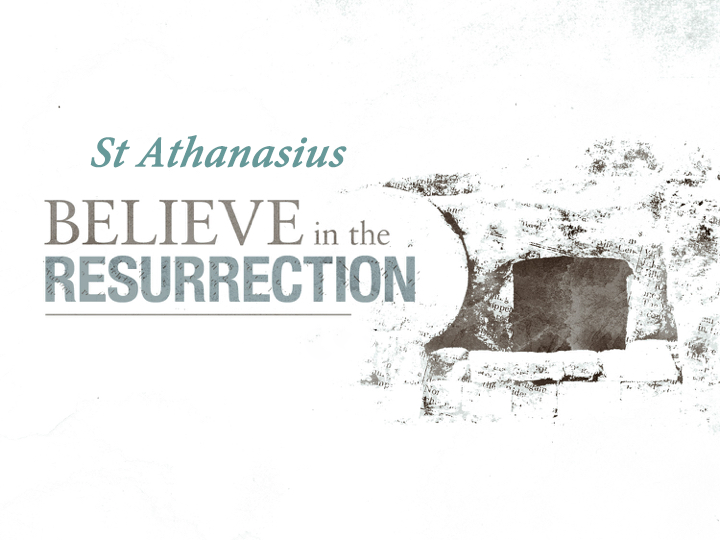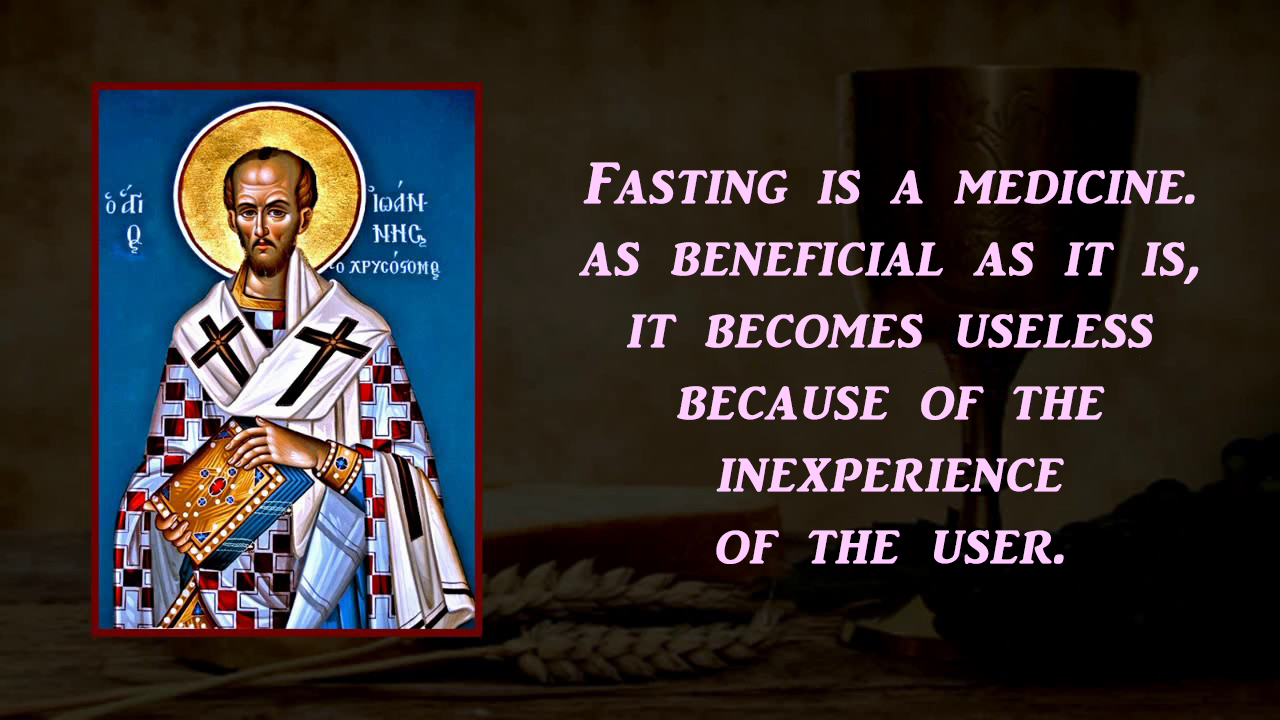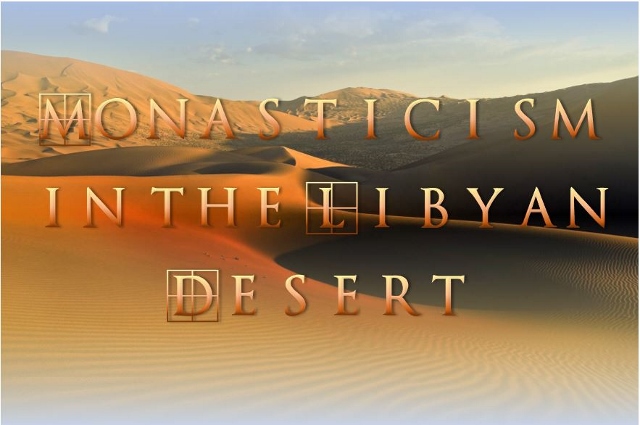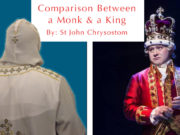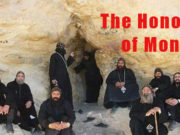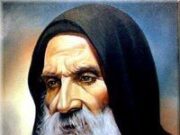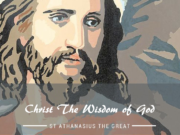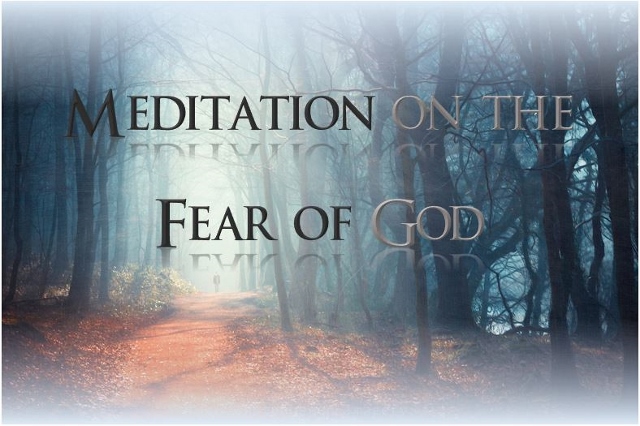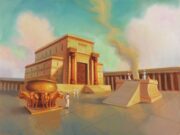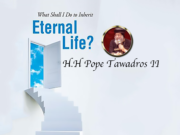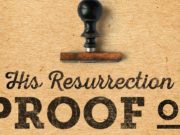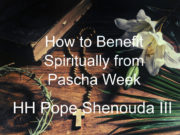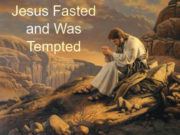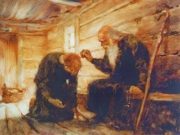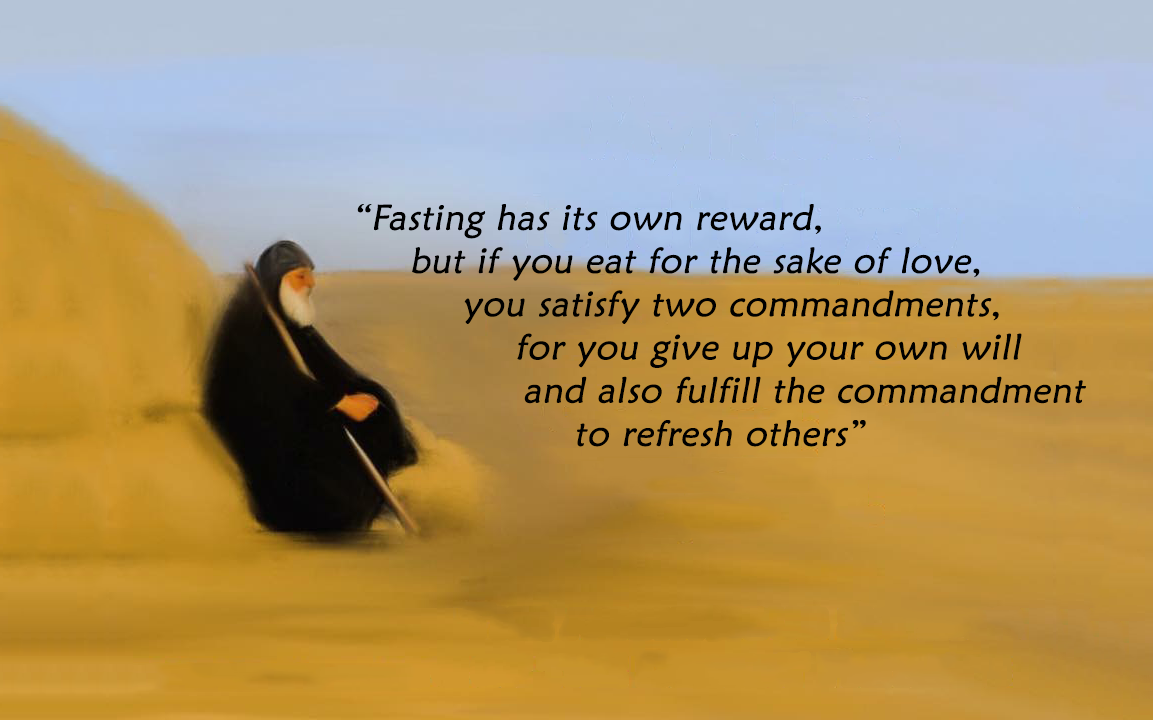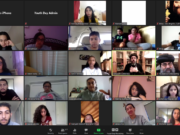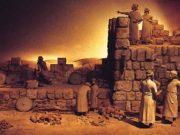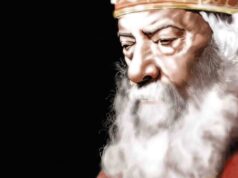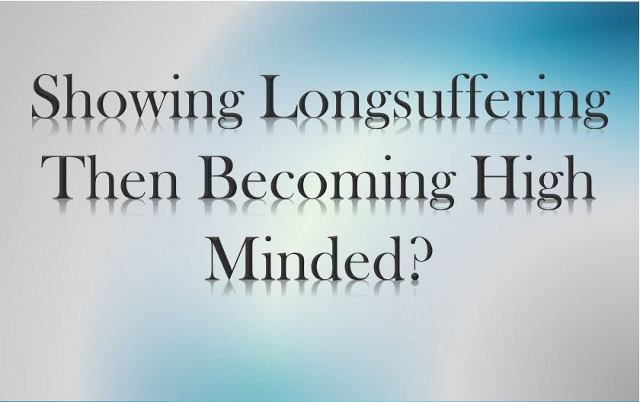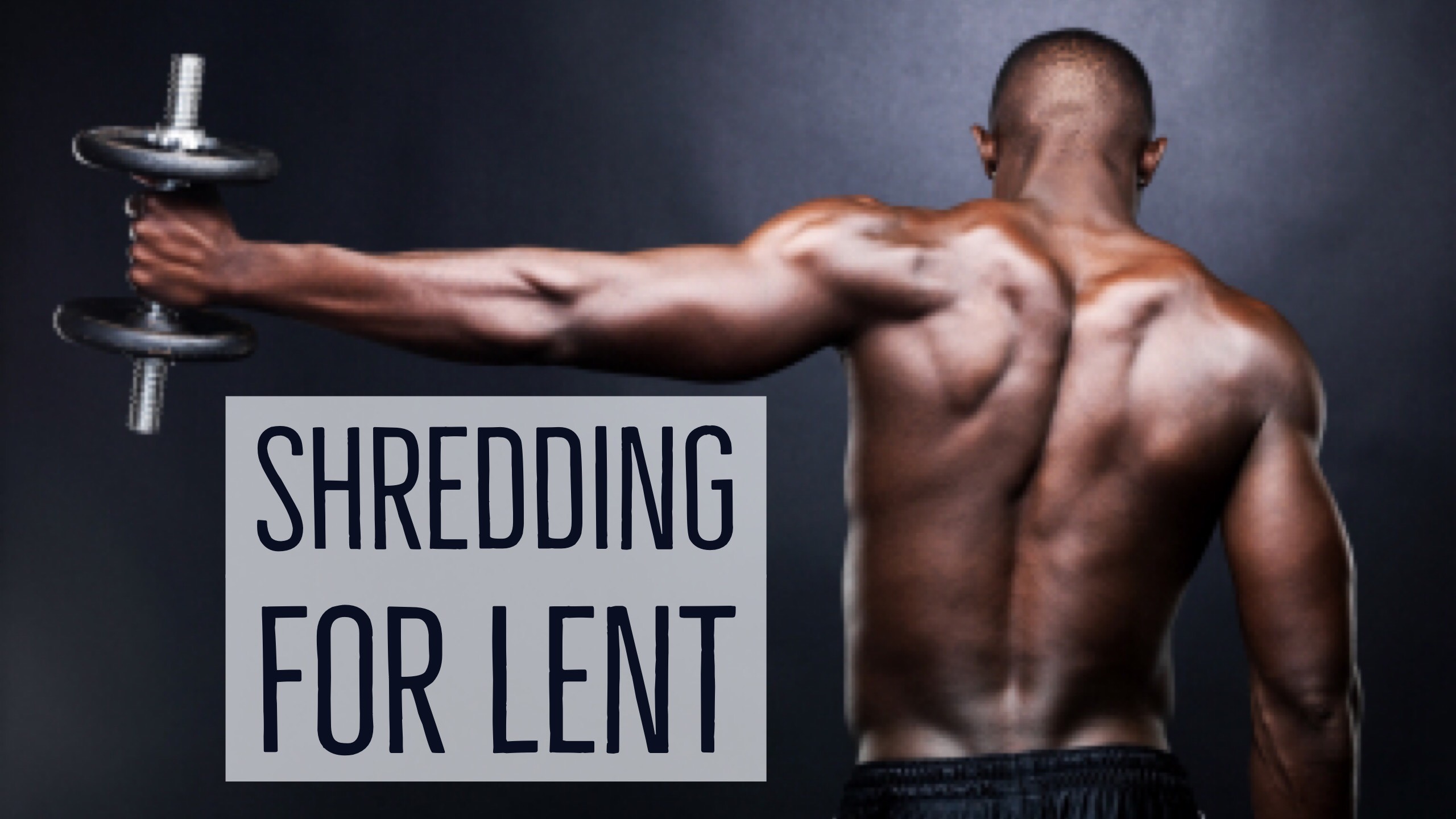
We all know Lent to be a period of asceticism, whereby we limit what we desire to eat for spiritual revival and growth, as quoted by St Isaac the Syrian:
“There can be no knowledge of the mysteries of God on a full stomach.”
So knowing this, acknowledging that the period of lent is meant to be one where we are not full, not submitting to our stomach and not eating whatever we desire, how can we use it to benefit our health? How can we use it to our advantage even if our health goals are specific?
Let’s think for a moment what it is that we intend on doing during the period of Lent, more than likely your spiritual father will advise you to abstain from food till a certain time; this varies but I tend to find most people are abstaining from 10am-2pm. After we are able to break our fast, the dietary pattern followed in this time is that of veganism; no meat (not even seafood) and no dairy.
There is a consensus amongst many of the health conscious that we need meat to stay lean as the protein content is high and we can maintain a good protein intake without the collateral of excessive calories; while this is mostly true, it is only a glimpse into the eye of something much greater. If we think about how it is we gain weight, it is a process of excessive calorie intake, i.e. more calories in than what your body needs and vice-versa when your intake is less, the body loses weight. But that is not the sole factor in play here: if you were to have the exact calories you needed to sustain yourself but had them in pure sugar, what you would find is that your body shape would very likely change as a consequence of increased central obesity (or belly fat!).
Part of lent is that we prioritize our Christ over our stomach but to use this to stay fit is a skill. For the person who is afraid of the depletion of their muscle hypertrophy, there is some good news. To build muscle, one must be in a calorie surplus as it is an energy expensive process. There is no such thing as turning muscle into fat and simply what is achieved between a balanced diet and the right type of exercise, is an increase in muscle mass which increases the basal metabolic rate which then allows the body to use more energy to sustain itself. When calories are not eaten in surplus, the size of the muscle will no longer increase substantially. This will then lead to either enough energy to maintain its weight or if there is not enough energy then weight loss will occur.
A by-product of a calorie-surplus diet is weight gain with a consequence of an increase in body fat percentage. The perfect diet for muscular hypertrophy is to have a calorie surplus with the correct macro distribution and calorie amount such that you can put on muscle mass without increasing body fat percentage too much; a steady constant growth with no significant growth in body fat percentage.
The foods that are associated with lent are thought of as having low protein and thus not good for bodybuilding and growing lean body mass. But let us really look at the facts- animal products are the highest in protein, yes but a lot of the time it can come with the condition of saturated fat- not only this but it is not always the best source for you; particularly processed meats which should not be eaten often. When you break it down you can definitely achieve your required protein intake on a vegan diet- but granted it can be more difficult.
The type of food during lent, tends to be healthier in the sense in that due to the nature of the foods they are lower in saturated fat, higher in fiber and can tend to be low GI depending on what you choose to eat. Ultimately, looking healthy is not the only goal. It is also about being healthy on the inside and even though society associated a muscular look with healthy it is not always a true indication of what is going on inside the body.
Also, even though intermittent fasting is not for everyone, there are studies and case accounts which show that it can be beneficial for weight loss. In this context, intermittent fasting is the process of including your total daily calorie intake within a limited window of time per day. This then subsequently includes abstaining during the day which works with the lent timetable. It is not suitable for those with particular medical conditions so check with your GP first.
Good sources of protein in a vegan diet include:
- Nuts and seeds
- Soy products
- Tofu
- Kidney/baked beans
- Chickpeas or hummus
- Lentils
- Peanut butter (high calorie density so a good option for those trying to put on some weight)
When following a vegan diet, protein is not all that it is at stake, as mentioned before it is not about simply looking muscular but also having adequate nutrition from all aspects. Part of this is looking out for other nutrients such as Iron and Zinc and the key solution to this is to make sure that you are having a variety of foods from all the food groups and an adequate amount. In addition to this, knowing what foods are high in certain nutrients can also help us make sure we are receiving adequate quantities. Speak to your GP or dietitian for further information on how to make it work for you.
A good goal may be to lose excess body fat over Lent as the nature of the fast and the foods that are eaten can help support this. The lent diet will be rich in fiber, calorie free foods (like non-starchy vegetables), low GI carbohydrates (If you chose those options), low in fat and adequate in protein and so it is a good opportunity. It would not be an ideal time to try increase muscle mass (although it is possible) but a better use of this period would be to maintain mass and lose the extra kilograms you have been thinking about doing for a while now.
On a side note, a beautiful characteristic about our Lord which many non-believers do not understand is the humanity aspect of Christ. The beauty in our Lord is that whatever he expects from us, he did himself first. He suffered, humbled himself, resisted temptation and fasted.
“And the Savior also, when he manifested himself to the world in the Jordan, began at this point. For after his baptism the Spirit led him into the wilderness and he fasted for forty days and forty nights. Likewise all who set to follow in his footsteps make the beginning of their struggle upon this foundation. For this is a weapon forged by God, and who shall escape blame if he neglects it? And if the Lawgiver himself fasts, who among those who keep the law has no need of fasting?” – St Isaac the Syrian
– Michael Riskallah, Accredited Practicing Dietitian.









